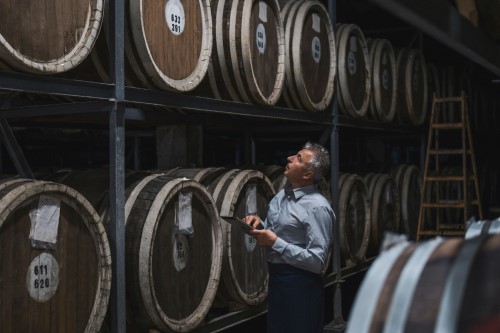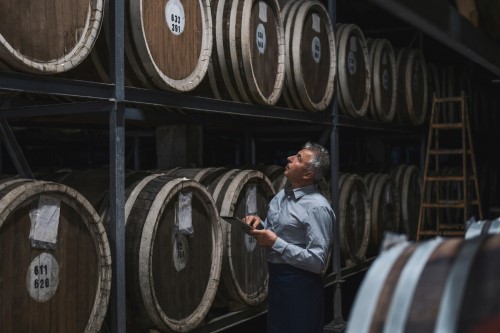-
for wine and for real estate
The start of the grape harvest season calls to mind the similarities between winemaking and real estate. Real estate fund managers often borrow vineyard terminology to describe their actions. Seed capital is raised and invested, portfolios are pruned, proceeds are harvested, and funds are classified by their vintage year, meaning the year of fund formation.
Does the inception year for a fund matter in the same way a vintage year matters for wine? Our analysis of data from Preqin highlights that both the vintage year and risk style of a fund have been important determinants of performance over the last 30 year.

Does the inception year for a fund matter in the same way a vintage year matters for wine? Our analysis of data from Preqin highlights that both the vintage year and risk style of a fund have been important determinants of performance over the last 30 years (Page 5).
A wine vintage is shaped by external conditions like the weather. Stressful conditions like droughts can produce great wine. Likewise, macroeconomic conditions influence a fund’s risk and return characteristics. In the Mid-Year 2022 ISA, we noted how capital markets are experiencing a major regime shift. The macroeconomic environment has quickly moved from lower-for-longer to weaker growth (Page 33), high inflation (Page 14), and higher interest rates (Page 9), all of which affect real estate performance.
Vintage years characterized by major disruptions in macroeconomic conditions – like the dot-com crash or the global financial crisis – have been associated with modestly higher median returns compared to the prior period, but also a significantly higher dispersion of returns (Page 6). So, a stressful macro environment simultaneously creates higher volatility while it also slightly raises the odds of a stronger entry point for investing. Put differently, choosing a wine from a good vintage year is no guarantee that it will turn out to be a memorable bottle!
In wine-growing countries across the world, the summer has been dry and hot. Decades of historic data allow oenologists to draw inferences about the likely quality of the 2022 wine vintage. However, vintage year analysis for real estate funds is trickier. For one thing, the combination of macroeconomic conditions that the 2022 real estate fund vintage faces–weak growth, high inflation and rising interest rates–have not been seen in conjunction since the 1970s.
In addition, the repricing implied by public real estate markets (page 31) has not yet fully worked its way through private markets. On the one hand, capital that has been invested early in 2022 already might face valuation declines if the repricing continues. On the other hand, any private equity repricing in late 2022 offers an interesting entry point for funds with dry powder.
Even with plenty of data to review, it takes the passage of time to confirm the final quality of a wine vintage. We also expect that it will take several years for the true quality of the 2022 real estate fund vintage to be known. Nevertheless, the wine analogy (and our own research) shows that stress can still produce a strong vintage, for wine or for real estate.

Nov 19, 2024
ISA Outlook 2025
Shifting interest rates, dynamic occupier fundamentals, deepening bifurcation within sectors: how should real estate investors respond?



